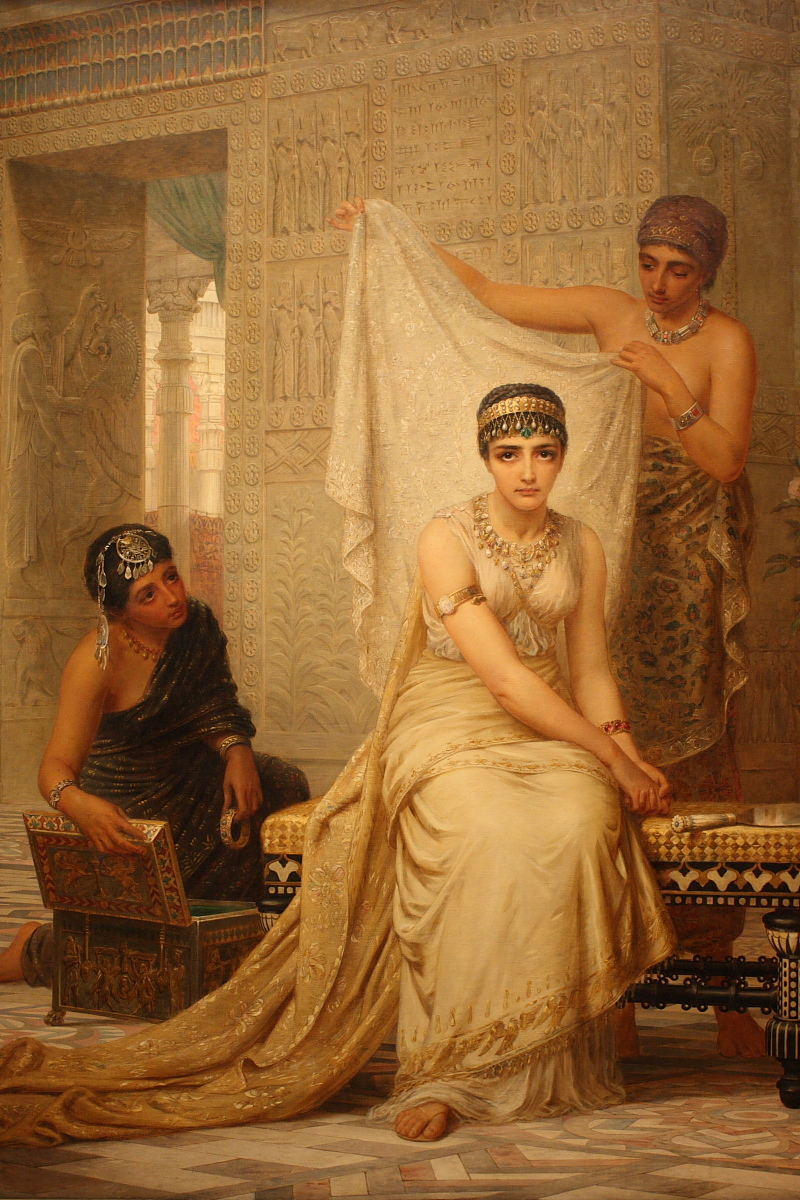So today's source sheet at the yeshiva next door said "No sources today. Learn the mitzvot regarding Amalek on your own." So let's try that. Today's post will be a summary of what I learned on my own. Then I'll make another post once I've read some contemporary sources and I'll note some of the things I missed, mistakes I made, other approaches, etc.
So Amalek is mentioned twice in the Torah:
- at the end of parshat Beshalach when they attack Bnei Yisrael
- at the end of parshat Ki Tetzeh when Moshe commands Bnei Yisrael in the mitzvot
Sefer Hachinuch lists three mitzvot we learn from parshiah in Ki Tetzeh:
- Remember what Amalek did
- Don't forget what Amalek did
- Wipe-out all of Amalek's descendents
Parshat Zachor with a Minyan

One of the more interesting questions I came across regards the status of Parshat Zachor, which we read, directly from the Torah, once a year. It's an interesting question because it gets to the heart of the matter as to how to fulfill the mitzva of Remembering. Basically the two opinions are:
- The mitzva is to remember what Amalek did and express it verbally, but there is no formal way you're supposed to express it. Chazal then came and instituted Parshat Zachor in order to formalize this a bit more.
- Reading Parshat Zachor as we read it is actually the Torah mitzva.
This second approach would seem to be the more surprising one, since other mitzvot to "remember" don't need to be read from an actual Torah scroll. Nevertheless, the Magen Avraham(או"ח תרפה:ב)lists the rishonim who hold of this view. So where does this approach come from?
The Magen Avraham lists the gemara in Megila 18A as a possible source. It learns out our obligation to read megilla from a sefer from our obligation to read Zachor from a sefer. The question we need to ask, presumably, is whether the drashot are legit or are merely an asmachta:
קראה על פה לא יצא וכו':מנלן אמר רבא אתיא זכירה זכירה כתיב הכא והימים האלה נזכרים וכתיב התם (שמות יז, יד) כתב זאת זכרון בספר מה להלן בספר אף כאן בספר וממאי דהאי זכירה קריאה היא דלמא עיון בעלמא לא סלקא דעתך (דכתיב) (דברים כה, יז) זכור יכול בלב כשהוא אומר לא תשכח הרי שכחת הלב אמור הא מה אני מקיים זכור בפה:
Two weird things about this limmud are:
- The hekkesh is from Beshalach, rather than from Ki Tetzeh where we actually get the mitzva of remembering Amalek
- The gemara brings a drasha that Zachor needs to be vocalized, but it doesn't bring any proof that it needs to be read from the sefer Torah with a minyan. For example, maybe you could say it when you're alone from a copy of the parsha or even from memory. Shema, vidui maaserot/bikumim, and the obligation to remember the Exodus all have less stringent requirements, for example.
So maybe it's just an asmachta. But maybe we just need to dig a little deeper... left So let's actually look at the pasuk in Beshalach:
וַיֹּאמֶר יְהוָה אֶל-מֹשֶׁה, כְּתֹב זֹאת זִכָּרוֹן בַּסֵּפֶר, וְשִׂים,
בְּאָזְנֵי יְהוֹשֻׁעַ: כִּי-מָחֹה אֶמְחֶה אֶת-זֵכֶר עֲמָלֵק, מִתַּחַת
הַשָּׁמָיִם (שמות יז:יד(
The Ramban understands the pasuk as follows: Moshe is commanded to write the Amalek story in the Torah in order that we remember it:
יאמר כתוב זאת בספר תורתי שיזכרו בני ישראל מה שעשה עמלק.
According to this understanding, when we are actually commanded to remember Amalek in Ki Tetzeh, it's quite natural to assume that the way we are supposed to do so is by reading from the Torah, since that's the reason Moshe included the story there to begin with. So that explains the opinion that Parshat Zachor is Mideoreita a bit better.
Other Topics
Some other topics I stumbled upon were how often do we have to remember, are women required to remember, as well as the question of why Amalek deserve such harsh retribution, but those will have to wait for another time...









